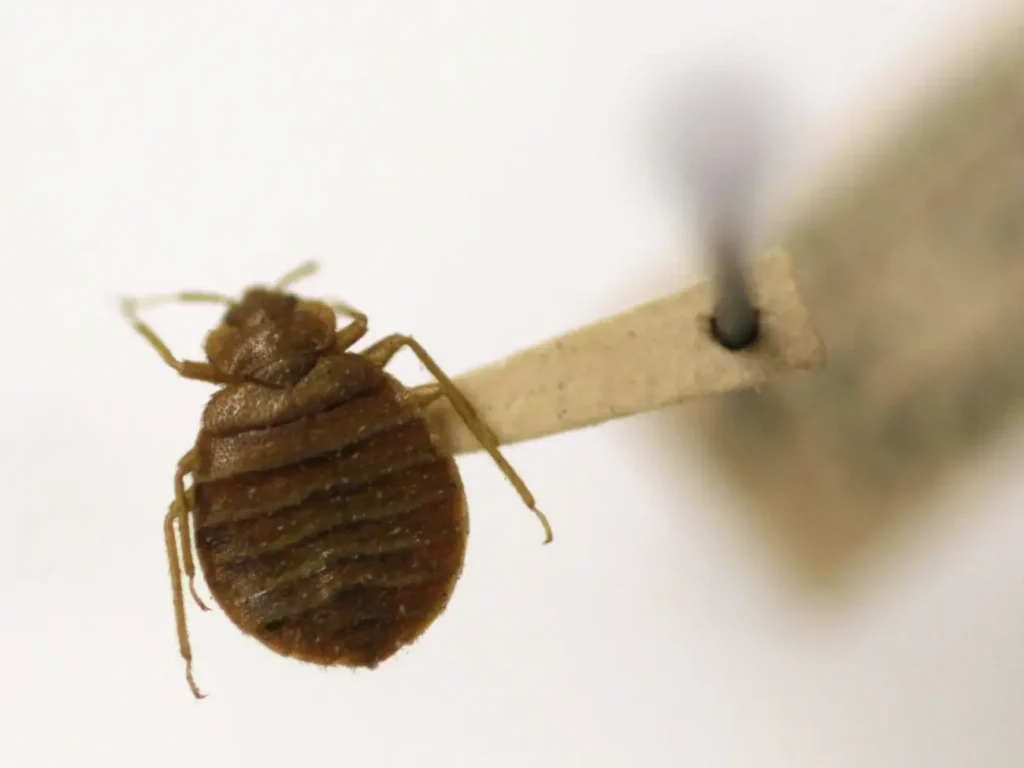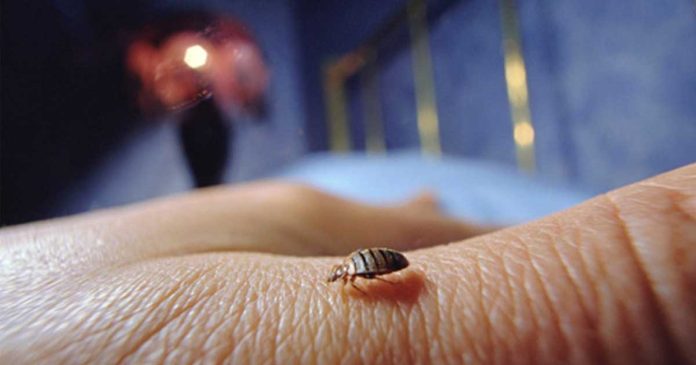Bed bugs can be the absolutely worst. This pesky pest invades homes, bites you while you sleep, and is very difficult to get rid of. Although bed bugs get their name from the fact that they are usually found in people’s bedrooms, they actually live in other unexpected places. Knowing where bed bugs like to live can help you avoid bringing them into your home.
- Luggage

The most common route of bed bug infestation is through luggage. With so many people coming and going at hotels and resorts, bed bugs may be hiding in your suitcase, waiting to be brought home. After your trip is over, empty your luggage outside, put your clothes in the washing machine immediately, and check your suitcase carefully for traces of bed bugs.
- Used Furniture

If you buy furniture from someone, there is no guarantee that their home is free of bed bugs. Be wary of buying used furniture, whether from an individual or a store. You never know what could be lurking under the seat cushions.
- Aircraft

For the same reason as suitcases, airplanes are the perfect temporary habitat for bed bugs. They can easily climb on your luggage and jump onto your (or your) seat on the plane. Make sure your luggage is well sealed and check your seat thoroughly before sitting down.
- Libraries and used bookstores

Did you know that bed bugs like to hide in the corners of library shelves and between the pages of books (especially used bookstores!) Did you know that they like to hide in . If you buy used books or take them out of the library, be sure to check them thoroughly before bringing them home.

You may think bed bugs are only found in dingy hotel rooms and apartments. However, experts say they are actually all over town, including trains, planes, movie theater seats, offices, schools, libraries, laundromats and even restaurants.
That’s according to a 2015 survey of 236 pest management professionals nationwide by the National Pest Management Association (NPMA) and the University of Kentucky.
The survey revealed that the small reddish-brown insect causes a red, itchy rash when it bites, that it is not thought to spread disease, and that it is much more widespread than we might think.
Nonetheless, experts also say there’s no need to worry too much about the creature hitching a ride home while out and about.
Bedbugs appear anywhere you can imagine,” said Dr. Michael Porter, a professor of entomology at the University of Kentucky and a longtime bedbug researcher. However, he added, “If they are few in number and in a ‘non-bed’ environment, people may not take them home.
According to the Centers for Disease Control and Prevention, bed bugs are typically found within 8 feet of where people sleep, so they are most likely to congregate and spread in apartments, homes and hotels.
They are also usually only active at night and tend to hide during the day. In the document “Your Guide to Bed Bugs,” issued in 2015 by Pest Control Technology Magazine, a trade publication for pest control professionals, Porter explains.
However, in some locations outside of homes and hotels, where bed bugs can appear in much larger numbers, it’s wise to stay alert. Here’s what you need to know.










